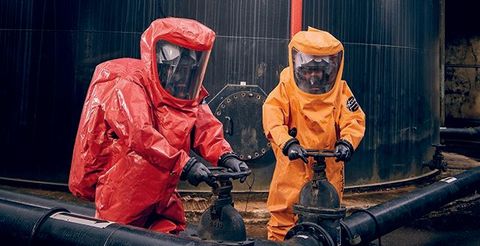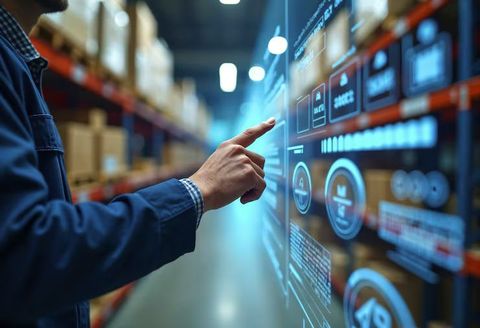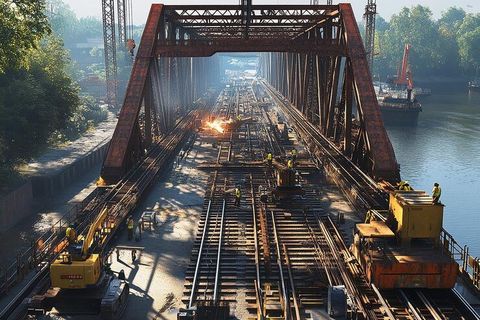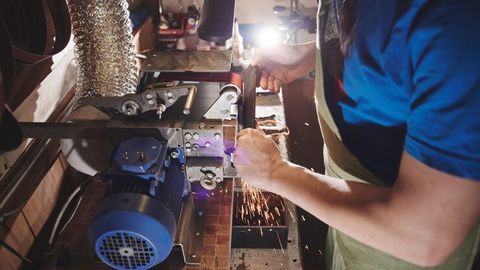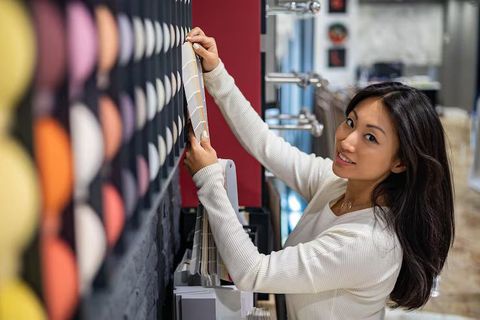
The Comprehensive Guide to Grinding Machine
Grinding machines play a crucial role in modern manufacturing, offering precision, speed, and surface quality that other machining processes often can't match. These machines use abrasive wheels to remove material from a workpiece, refining its shape, size, or finish. Used in industries like automotive, aerospace, construction, and tooling, grinding machines are key to producing high-accuracy components efficiently.
This guide explores what grinding machines are, why they matter today, recent advancements, regulatory aspects, useful tools and platforms, and commonly asked questions.
What Are Grinding Machines and Why Do They Exist?
A grinding machine is a power-driven tool designed to remove material using an abrasive wheel or belt. The friction generated between the grinding surface and the workpiece leads to material removal in a highly controlled manner.
There are various types of grinding machines, each suited to specific tasks:
-
Surface Grinders: Create smooth, flat surfaces.
-
Cylindrical Grinders: Shape the external surface of objects.
-
Centerless Grinders: Remove material without the need for workpiece centers.
-
Tool and Cutter Grinders: Sharpen or shape cutting tools.
-
Internal Grinders: Finish the internal surfaces of components.
These machines were developed to provide a high level of dimensional accuracy, critical in fields where tight tolerances are necessary.
Why Grinding Machines Matter Today
1. High-Precision Requirements
In today’s industrial landscape, components often require micro-level precision. For example:
-
Aerospace parts must meet exacting dimensional and surface criteria.
-
Automotive gears need smooth finishes for reduced friction and longer lifespan.
-
Medical implants require tight tolerances and biocompatible surfaces.
Grinding machines provide this accuracy reliably.
2. Improved Material Handling
Some hard-to-machine materials like ceramics, hardened steel, and superalloys are difficult to cut with conventional tools. Grinding is one of the few techniques capable of machining such materials efficiently.
3. Consistent Quality in Mass Production
Modern CNC (Computer Numerical Control) grinding machines enable repeatability and process automation, reducing human error and speeding up production cycles.
4. Versatility Across Industries
Grinding is not limited to heavy industry. It’s also used in tool making, mold fabrication, optical components, and even artistic sculpture in stone or metal.
Recent Updates and Trends (2024–2025)
Grinding technology has seen notable advancements over the past year. Here are some major updates:
| Trend/Update | Details |
|---|---|
| Smart CNC Integration | CNC grinding machines now come with AI-driven diagnostics (2024 updates). |
| IoT Monitoring | Real-time feedback and performance tracking through IoT-enabled systems. |
| Eco-Friendly Grinding Fluids | Environmentally sustainable coolants have been widely adopted. |
| Hybrid Grinding Machines | Machines capable of additive and subtractive processes introduced in 2024. |
| Advanced Abrasive Materials | Ceramic and CBN wheels now dominate for durability and performance. |
In January 2025, several manufacturers announced zero-downtime models with predictive maintenance sensors that reduce machine failure.
Laws, Standards, and Policies Affecting Grinding Machines
Grinding machines are subject to various regulations to ensure operator safety, environmental protection, and production quality.
1. Workplace Safety Standards
In many countries, grinding machines fall under occupational safety rules:
-
OSHA (U.S.): Mandates use of safety guards, training, and PPE.
-
CE Certification (EU): Ensures the machine meets European safety standards.
-
IS 2743 (India): Specifies safety for pedestal and bench grinders.
2. Emission and Waste Regulations
Grinding processes generate dust and waste fluids. Regulations require:
-
Proper disposal or recycling of grinding swarf and coolants.
-
Use of filtration systems to reduce air contaminants.
3. Machine Certification and Testing
To comply with international standards like ISO 16089, manufacturers must ensure machines pass vibration tests, noise control, and mechanical integrity checks.
Useful Tools, Software, and Resources
A range of digital and physical resources assist in grinding machine operation and design:
Popular Grinding Machine Brands
| Brand | Specialization |
|---|---|
| Studer (Switzerland) | High-precision cylindrical grinders |
| JTEKT (Japan) | CNC and centerless grinding systems |
| Okuma (Japan) | CNC grinders for heavy applications |
| Norton (U.S.) | Abrasives and grinding systems |
| Micromatic (India) | Economical and advanced grinding tools |
Design and Simulation Software
-
NUMROTO – For tool grinding simulations and 3D visualization.
-
Ansys Granta – Simulates tool wear and heat generation.
-
AutoDesk Fusion 360 – For component modeling before grinding.
Educational Platforms
-
Tooling U-SME – Offers certification courses in grinding and CNC operation.
-
Coursera & Udemy – Online courses covering grinding fundamentals.
Calculators and Templates
-
Grinding Wheel Speed Calculator – Determines optimum speeds based on wheel size and RPM.
-
Material Removal Rate (MRR) Calculator – Used to estimate productivity and tool life.
-
Coolant Flow Rate Chart – Helps maintain thermal control during high-speed grinding.
FAQs About Grinding Machines
1. What materials can be ground using grinding machines?
Almost any solid material can be ground, but common ones include hardened steel, carbide, ceramics, aluminum, and glass. The material determines the choice of grinding wheel.
2. What safety measures are essential during grinding?
Operators should wear eye and face protection, ensure wheel guards are in place, and check wheel balance and RPM compatibility before use. Regular maintenance and proper training are critical.
3. How is grinding different from milling or turning?
Grinding uses an abrasive action for fine finishes and high precision, while milling and turning use cutting tools for faster but rougher material removal.
4. Can grinding be automated?
Yes. Most modern grinding machines come with CNC controls, and some are integrated into robotic manufacturing cells for fully automated operation.
5. How long does a grinding wheel last?
It depends on the material, grinding pressure, and wheel type. CBN and diamond wheels last significantly longer than traditional aluminum oxide wheels—sometimes hundreds of hours under optimal conditions.
Final Thoughts
Grinding machines are indispensable to high-precision industries where every micron counts. Their ability to handle complex geometries, hard materials, and fine tolerances makes them vital across sectors—from aerospace and automotive to medical and manufacturing tooling.
As technology evolves, so does grinding: smart sensors, eco-friendly coolants, and AI-enhanced controls are shaping the future. At the same time, adherence to safety standards, effective training, and proper maintenance remain foundational to their operation.
For students, engineers, or workshop managers, understanding grinding machines isn’t just about knowing the hardware—it’s about integrating craftsmanship, automation, and science for smarter, more sustainable production.

